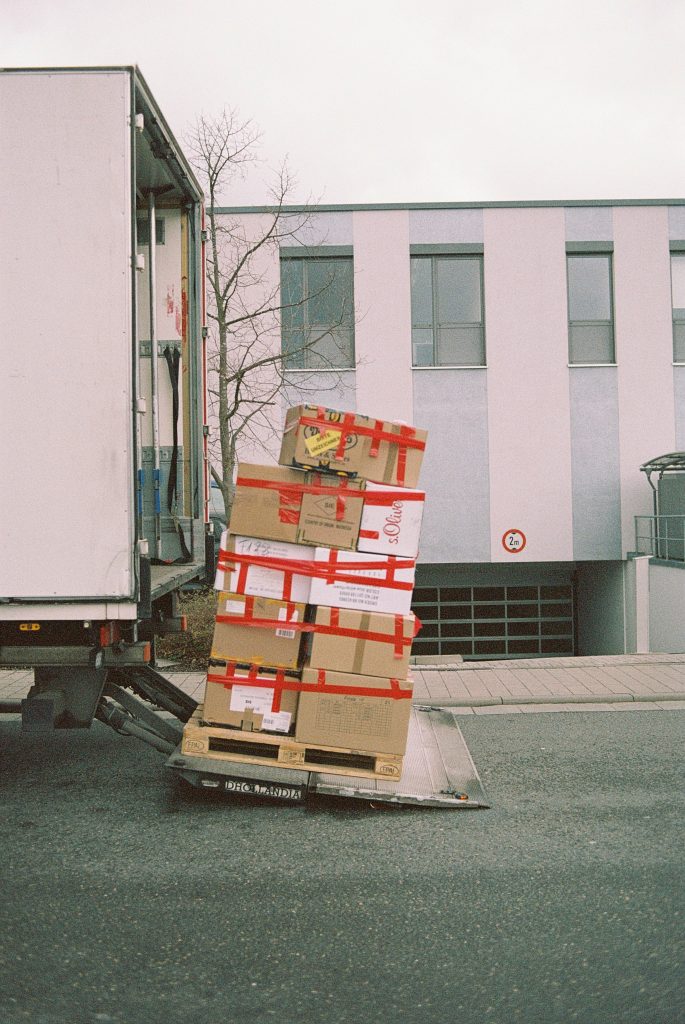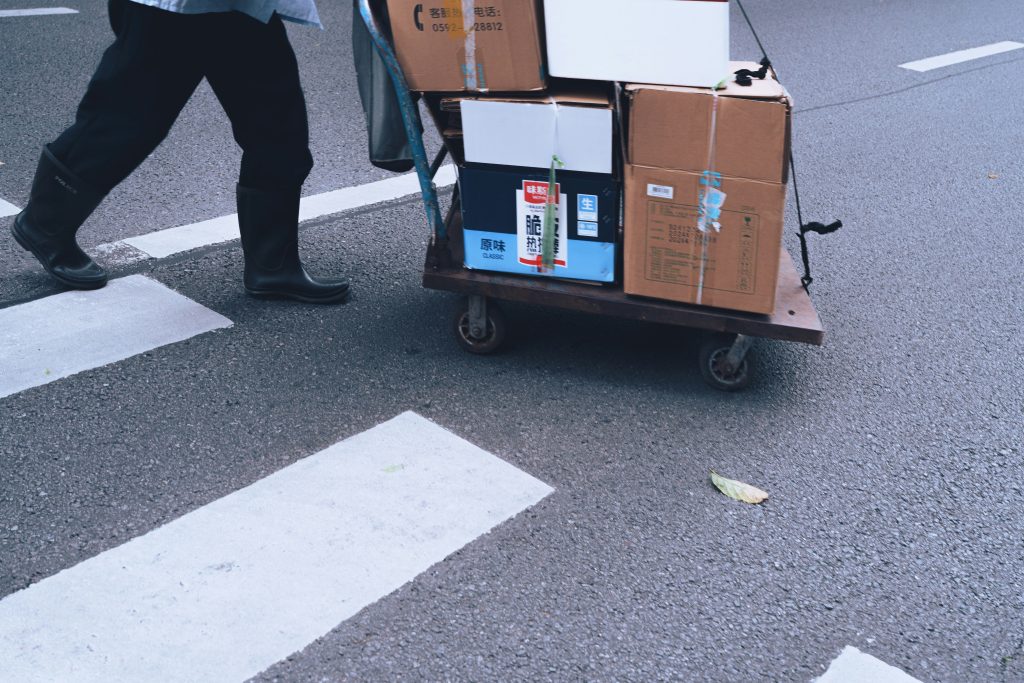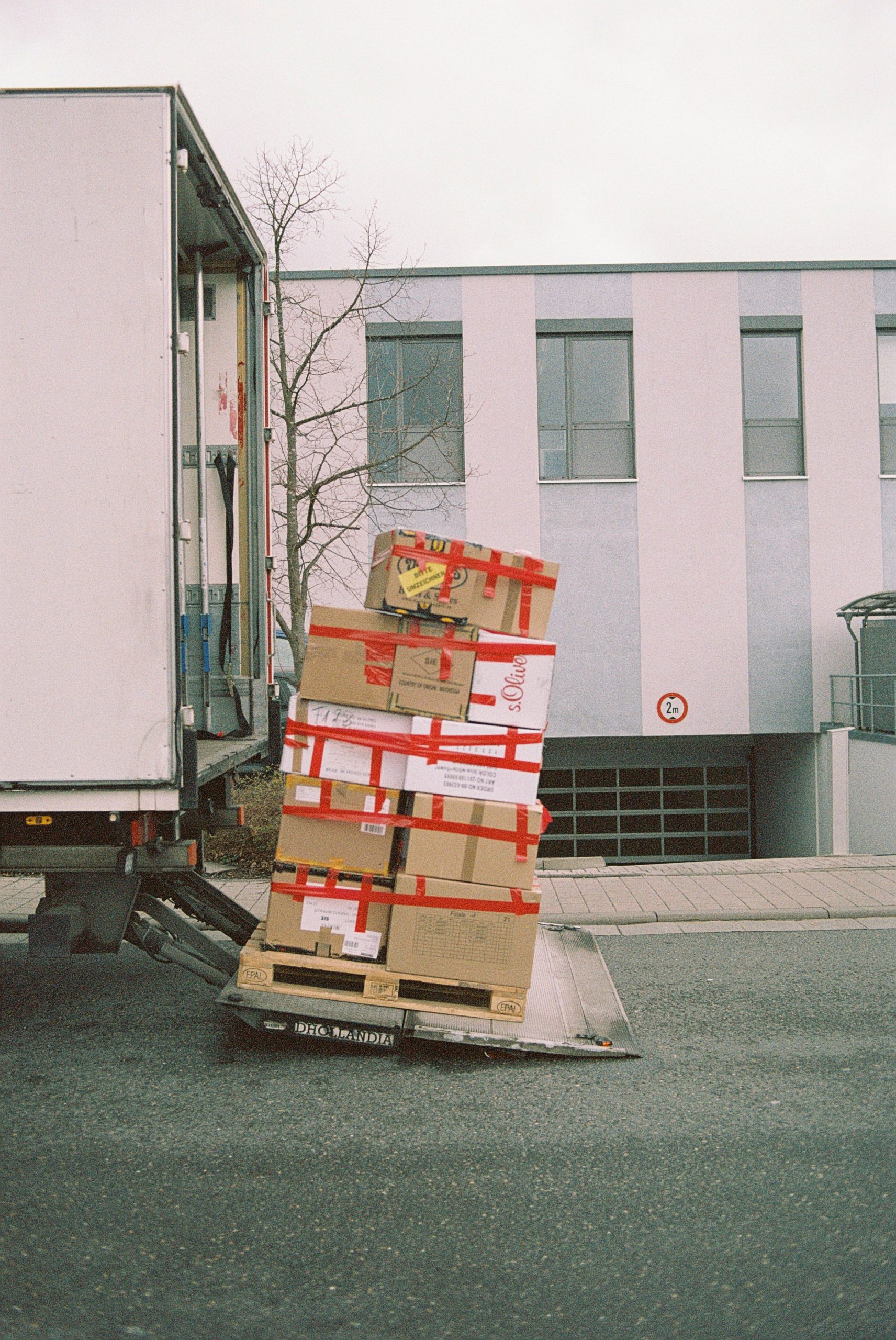Effortless Guide for a Smooth Move from Michigan to Texas

Moving from Michigan to Texas can feel like a big step. However, with the right plan, it can become an exciting and smooth journey. Whether you are relocating for work, family, or a fresh start, preparing well helps reduce stress. This guide will walk you through everything you need to know for your move from Michigan to Texas.
Planning Your Move from Michigan to Texas
Moving between two states requires careful planning and consideration. The first thing is to decide your moving date. Texas has a distinct climate, so selecting the right season can help ease your transition. Many people prefer to move during spring or fall to avoid extreme weather.
Once you pick a date, start by organizing your belongings. Moving from Michigan to Texas means packing with care, especially if you own delicate items. Use sturdy boxes and quality packing tape. Label each box with its contents and the room it belongs to. This will help when unpacking.
You should also research moving companies or truck rentals well in advance. Compare prices and services to find a good fit for your budget. Getting quotes from several movers helps you find the best deal.
Keep in mind the distance between Michigan and Texas, which is about 1,200 to 1,400 miles, depending on your exact start and end points. This distance affects your moving timeline and budget. Planning means you can schedule your move for a time that fits your work and family schedule.
Preparing Your Home in Michigan for the Move
Before you leave Michigan, prepare your home to avoid any issues after moving out. Clean your home thoroughly and fix minor repairs. This is particularly helpful if you plan to sell or rent your property.
If you are renting, please notify your landlord by the terms of your lease. This is usually 30 to 60 days before you move. Cleaning and repairs will help get your security deposit back.
Donating or selling unwanted items lightens your load. Less stuff means easier moving and lower costs. Many find that getting rid of extra furniture and old clothes helps start fresh in Texas.
Preparing your Michigan home also means disconnecting utilities like electricity, gas, water, and internet before you leave. Schedule the final bill payments and set up services at your new Texas address to avoid any gaps.
Packing Tips for Moving from Michigan to Texas
Packing takes time, but doing it right saves effort later. Here are some helpful tips for your move from Michigan to Texas:
- Use small boxes for heavy items, such as books.
- Wrap fragile items with bubble wrap or towels.
- Pack clothes in suitcases or wardrobe boxes to keep them neat.
- Keep important documents and valuables in a separate bag you carry with you.
- Seal boxes tightly and avoid overpacking to prevent damage.
Be sure to keep a detailed inventory list. This helps track your belongings and spot anything missing after the move.
Consider packing an essentials box with things you’ll need on the first day in Texas. Include items like toiletries, basic kitchen supplies, a few changes of clothes, and any medications. This way, you won’t have to open every box right away.
Also, take photos of valuable items and electronics before packing. This can help if you need to file insurance claims.

Transportation Options for Moving from Michigan to Texas
You have several options when transporting your belongings from Michigan to Texas. Each has pros and cons depending on your budget and needs.
- Hiring Professional Movers: This is the easiest option. Movers handle packing, loading, driving, and unloading. It costs more but reduces your stress.
- Rental Truck: Renting a moving truck gives you control. You drive it yourself, which saves money but requires effort.
- Shipping Container: You can rent a container that movers deliver to your home. You pack it, and the company ships it to Texas.
- Moving by Car: If you have only a few items, consider taking your car and shipping only the larger, oversized ones.
If you choose professional movers, ask if they provide insurance. This protects your belongings in case of damage or loss. Also, confirm how many days the move will take.
When driving a rental truck, plan your route. Consider stopping at safe, budget-friendly hotels along the way. Prepare for tolls, gas, and meals on the road.
If you are shipping your car from Michigan to Texas, research auto transport companies. They usually offer door-to-door or terminal-to-terminal shipping. Book this service well in advance.
Adjusting to Life in Texas After Moving from Michigan
Texas offers a very different environment from Michigan. The weather is warmer and more humid. Getting used to this change takes time.
Texas also boasts a diverse culture and numerous large cities to explore. From Dallas and Houston to Austin and San Antonio, there is a lot to see and do.
Make sure to:
- Register your vehicle in Texas within 30 days.
- Update your driver’s license.
- Find new healthcare providers.
- Get familiar with Texas schools if you have children.
Connecting with local communities helps build a support system and makes settling easier.
You can also explore local events and activities to meet new people. Texas has many festivals, outdoor parks, and cultural attractions. These are great ways to enjoy your new home.
The cost of living can be lower in Texas compared to Michigan, particularly in terms of housing and taxes. However, the hotter climate may increase your utility bills due to the increased need for air conditioning.
Cost of Living Differences Between Michigan and Texas
One reason many move from Michigan to Texas is the cost of living. Texas generally has lower taxes and cheaper housing. However, utility costs may be higher due to the need for air conditioning.
It’s essential to budget for moving costs and new expenses in Texas. Here are some typical expenses to consider:
- Housing or rent
- Utilities (electricity, water, internet)
- Transportation costs
- Food and groceries
- Insurance (health, auto, home)
Comparing prices before moving helps avoid surprises.
Property taxes in Texas can be higher than in Michigan. However, Texas has no state income tax, which can help offset this. Always check local tax rates for your new city.
Healthcare costs might vary as well, so find doctors and insurance plans before moving.
Must-Know Tips for a Smooth Move from Michigan to Texas
To keep your move smooth, follow these extra tips:
- Notify all crucial parties about your address change. This includes banks, insurance companies, and subscriptions.
- Pack an essentials bag for the first few days in Texas with clothes, toiletries, and snacks.
- Take photos of your Michigan home before moving out for records.
- Check weather forecasts and road conditions during your travel.
- Keep your phone charged and have the contact information of important people handy.
Organize your paperwork carefully. This includes moving contracts, insurance papers, and other relevant documents, such as receipts and invoices. Having everything in one place avoids last-minute confusion.
Also, be ready for the culture change. Texas has a different pace and style of living. Embracing this will make your move easier.
FAQs About Moving from Michigan to Texas
Q: How long does it take to move from Michigan to Texas?
A: The drive is about 17 to 20 hours, depending on the route. Movers may take several days to deliver belongings.
Q: What is the best time to move from Michigan to Texas?
A: Spring and fall are ideal to avoid extreme heat or cold.
Q: Do I need to register my car in Texas after moving?
A: Yes, Texas law requires vehicle registration within 30 days of establishing residency in the state.
Q: Are there any special moving regulations between Michigan and Texas?
A: No special regulations, but always check for moving company licenses and insurance.
Q: How much should I budget for a move from Michigan to Texas?
A: Costs vary based on distance, belongings, and moving method. Typically, a budget is $3,000 to $6,000.
Q: Can I transfer my driver’s license from Michigan to Texas quickly?
A: Yes, the Texas DMV allows you to transfer your license if you visit within 90 days of moving.
What to Expect During Your Journey from Michigan to Texas
Traveling from Michigan to Texas is a long drive for many. If you drive yourself, plan rest stops every few hours to stretch and refresh. Make sure your vehicle is in good condition before the trip.
If you travel by plane, arrange for separate transportation of your belongings. Some people ship their furniture and valuables ahead and then fly to Texas.
Weather along the route can vary. Winter snow in Michigan and spring storms in Texas require caution. Always check road conditions before departure.
Finally, keep a positive attitude. Moving is a fresh start. Embrace the new opportunities waiting for you in Texas.
Moving from Michigan to Texas requires preparation, but taking the proper steps makes the process manageable. With good planning, packing, and adjusting, you can enjoy your new home with less stress. Take your time, stay organized, and look forward to your exciting Texas adventure.
Buzzmoving connects you with top-rated movers across the country, delivering exceptional service every step of the way. Request your free quote now and experience professional moving solutions tailored for your entire relocation.




